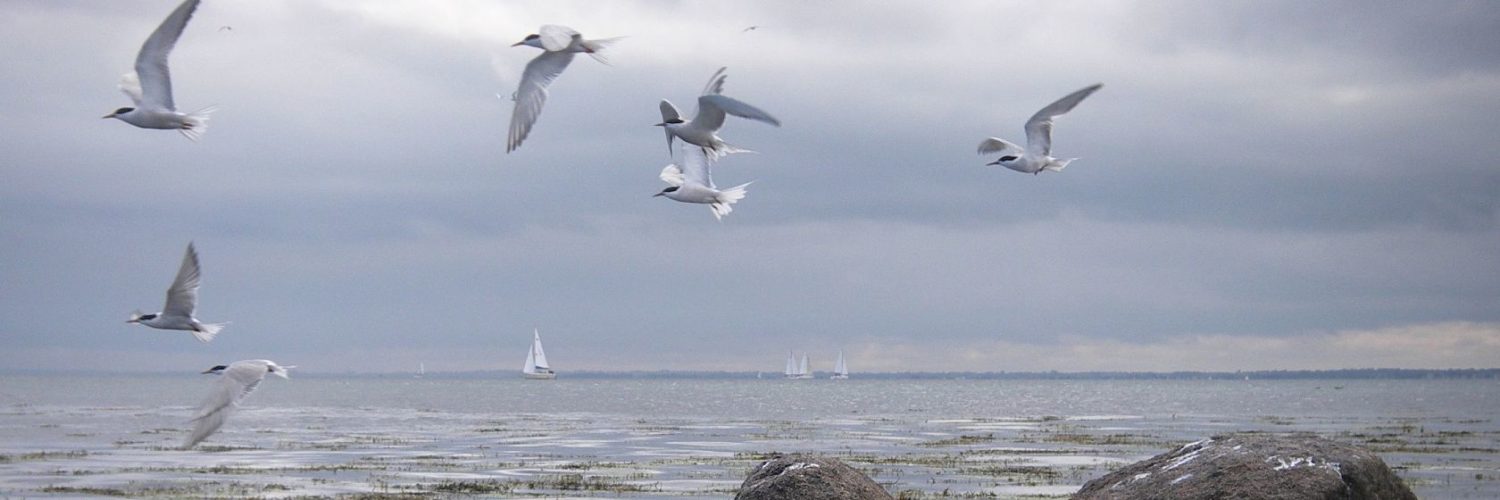The climatic phenomenon ENSO (El Niño Southern Oscillation) had experienced a new episode El Niño towards the end of spring 2023 in the tropical regions of the Pacific (¹). After reaching a peak between November and December 2023, the phenomenon began to decrease (²). During the second quarter 2024 he returned to a situation called " Neutral ”. But quickly from July a new episode La Niña started, whose climatic consequences are the opposite of the previous episode.
Source : NOAA Climate / ENSO Blog
La Niña
ENSO is a coupled system, meaning that the atmosphere and ocean of the tropical Pacific both exhibit characteristic changes and influence each other. Currently, the tropical atmosphere seems quite neutral, with cloudiness, near-average rainfall and surface winds.
The sea surface temperature in the Niño-3.4 region in June was only 0.16°C above the long-term average, according to the ERSSTv5 model dataset (³). Niño-3.4 is the primary monitoring region for all things ENSO, “long term” is currently defined as the average over the period 1991-2020, and ERSSTv5 is the most reliable sea surface temperature dataset. The gap of +0,16 °C from average is well within the ENSO neutrality range between -0,5° and +0.5°C.
Impacts on the Pacific
There is 70 % chance of La Niña developing between August and October 2024, which would mean that the Niño-3.4 index over one month is lower by at least 0.5°C to the average, that it is expected to persist for several seasons and that there are atmospheric indications of a Walker circulation (4) stronger than average, notably heavier than average rains in Indonesia, drier conditions in the central tropical Pacific (near the antimeridian) and stronger trade winds.
These forecasts are based on information provided by NOAA's state-of-the-art climate models. Model forecasts agree on likelihood of La Niña, but in recent months, they backed off a little on the strength of the upcoming event. Currently, the likelihood of La Niña peaking in the “moderate” category (Niño 3.4 3 -months-average lower by at least 1.0°C) at the end of the year is approximately 50 %.
Impacts on the tropical North Atlantic
The main influence of ENSO episodes on North Atlantic hurricanes is the changes in the speed and direction of tropical winds from the surface to approximately 12.000 meters of altitude, which we call the vertical wind shear. An El Niño episode generally causes strong vertical shear which can reduce a developing cyclone, or even prevent it from forming. On the opposite, a mature La Niña episode could reduce wind shear in the tropical Atlantic basin, mainly in the western half, which would create a more favorable environment for the formation, the organization and intensification of storms.
This is all the more likely for the hurricane season 2025 that surface temperatures in the tropical Atlantic zone have never been so high in the last forty years.
–––
(¹) El Niño is back
(²) El Niño weakening in the Pacific
(³) ERSSTv5 and OISST are different datasets with different methodologies, which may have slightly different averages.
(4) Walker's atmospheric circulation during La Niña episode :
–––









Thank you for all this information
Very interesting.